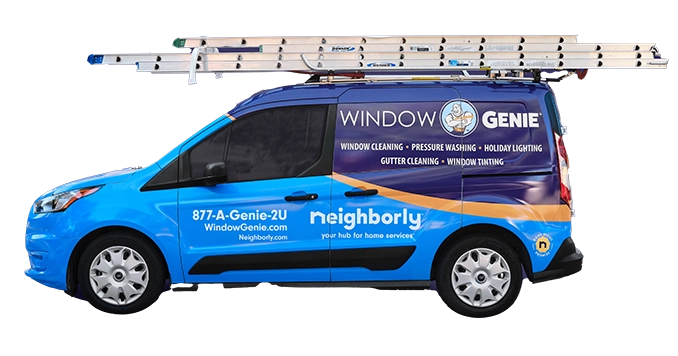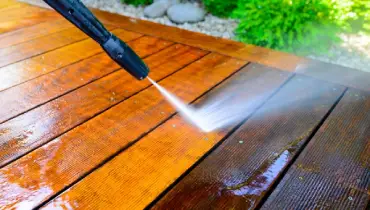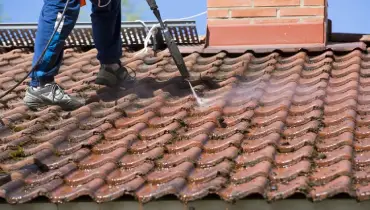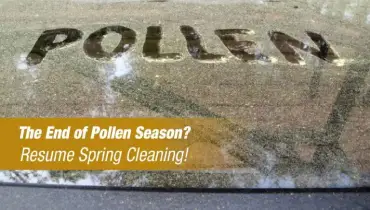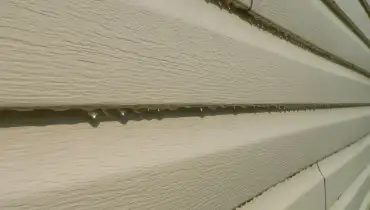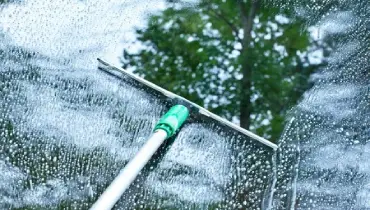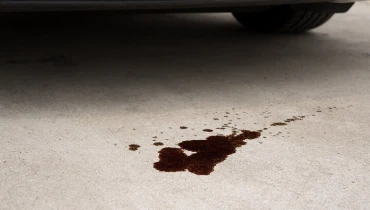Weather, especially winter weather, can take a real toll on your patio deck. The combination of ice, snow, rain and changing temperatures can take away some of its original lusters.
Learn moreWindow Genie Blog
Shared Resources for Your Home Needs
Showing 46 Results for Pressure Washing
Dec 22 2025
Aug 21 2025
Pressure washing your roof may seem like an efficient way to clean it up in a short amount of time. Using powerful jets
Learn more
Aug 21 2025
While most are quick to assume the black streaks on their roof, siding, deck or patio is dirt or even mold… oftentimes it’s th
Learn more
Aug 21 2025
Pressure washing houses has become increasingly popular among homeowners looking to restore their properties to their former bea
Learn more
Aug 21 2025
Clean windows not only improve the appearance of your home or business but also provide several functional benefits, such as allowing more
Learn moreBlog Categories
Let Us Call You
Blog Categories
